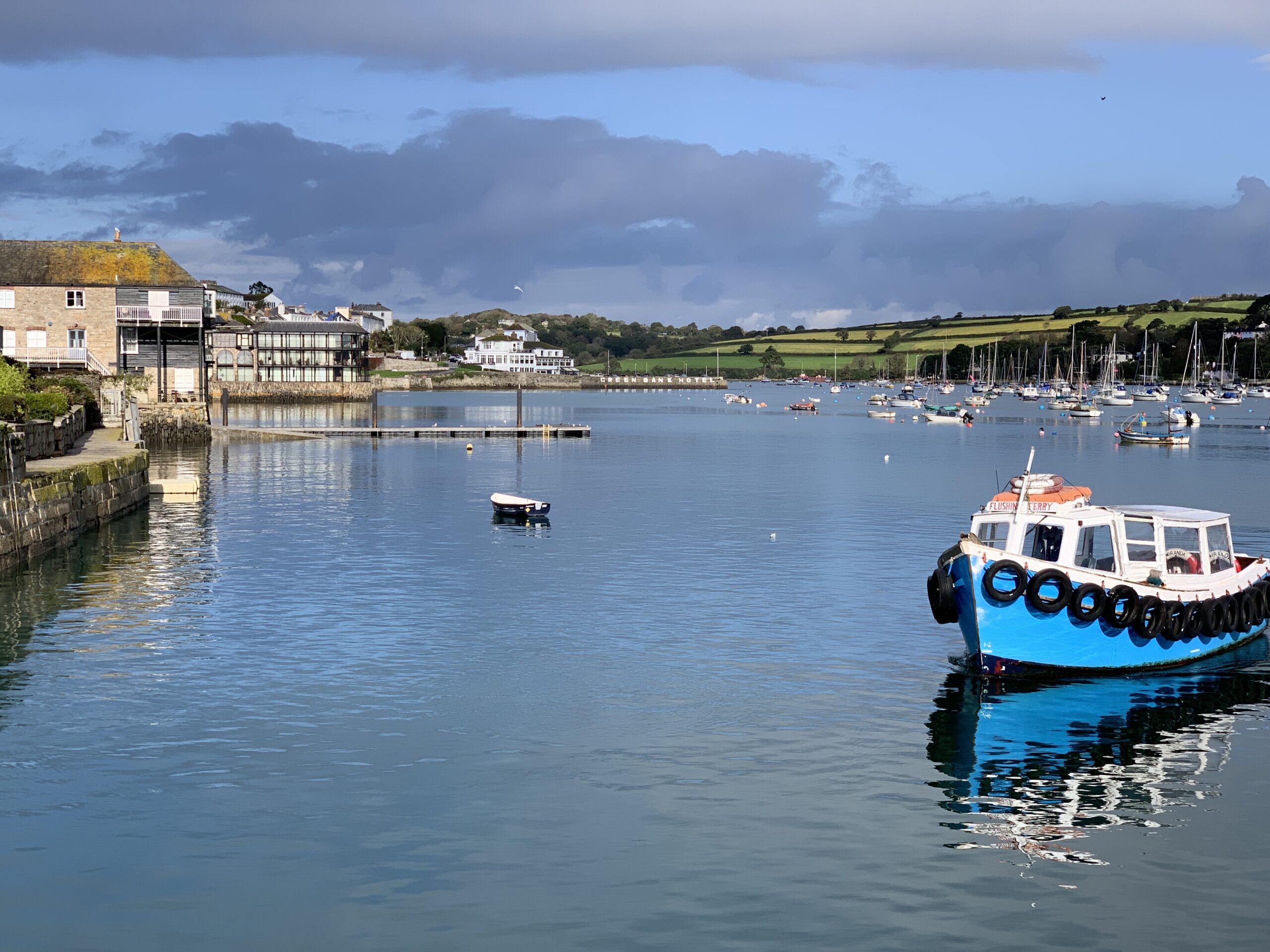I turned plant-based a couple of months ago. It was fun, like switching to a Tesla from a Renault. Better still, you got to eat more without endangering your waistline—and you got to be politically correct, which is Very Important if you work in a university these days.
As things were beginning to feel too easy, I road-tested the idea a bit further, taking it on to the South West Coast Path with me. There are several productive hikers, who average incredible distances without sponsorship from Toby Carvery. So walking 12-14 miles along the stunning Cornwall coastline munching on kale and cucumber was decidedly possible.
In my case, though, the matter was complicated by my intermittent fasting. (Did I mention I switched to one meal a day a few years ago? Academics really do not get paid for three square meals, I tell you.) The problem was this.
If you are a 72-kilo man hiking 14 or so miles a day with a daypack, you need at least 3,600 calories in your system. Getting that across the whole day is not a problem. A few cereal bars for breakfast (400 calories), a handful of nuts and raisins a little later (200 cals, say) and you are off to a flying start.
Lunch, you will be pleased to know the West Cornwall Pasty Co now serves vegan offerings (630 calories). Some fruits, more nuts, and you will get to camp with roughly 1,700 under you belt. The rest is easy: a couple of Adventure Food meals, another pasty, fruits, and you are done.
Trouble was, I was hitting camp after 20 hours of fasting. I needed to get all my calories in one sitting.
The first evening, I rolled up my sleeve and got down to work. I was section-hiking, and pitched at a nice campsite, so had plenty of food at hand.
I ate a couple of bananas, an apple, some nuts. Then I had an Eat Natural bar. 600 calories down. After that I went for a pack of quinoa mixed with a can of black beans, which I made with my own fair hands on my BRS titanium mini because no one was going to part me from a £5 bill for half a carrot, three peas, and a handful of rice however nicely those were freeze-dried and packaged. That brought in only another 700 calories. So I rinsed and repeated.
Now I was on 2,000 calories, total. That wasn’t too far from the 3,500 target, but there is only so much quinoa you can eat.
I reached for a peanut bar (138 cals). Then another (138). Then I had an apple (70). I couldn’t eat another morsel, but I took in a deep breath, and in the name of science, swallowed a handful of trail mix (100).
I was still more than 1,000 calories short. Defeated, I crawled into my tent and, rubbing bellies with the rain fly, fell asleep to the brisk patter of a Cornish downpour.
The next day, I ate smart. Relaxing my intermittent fasting to 16 hours, I began munching a little after 2pm. As luck would have it, I walked into Falmouth that day. Falmouth is famous for many things, but there is a little appreciated fact about it: it has a Subway, which serves a vegan foot-longer that packs 742 cals.

By the time I reached camp, I was already 1,000 calories in. It felt good. In went the bananas, apple, Eat Natural, nuts and raisins. Then I cooked two packs of Mexican spiced rice (no quinoa, thank you) with beans, following it up with a peanut bar.
I was in the vicinity of 3,000 calories now. Seeing the finish line, I began sprinting. I munched on a protein bar and emptied half a pack of trail mix into my mouth, washing it down with coffee. It was done. I was stuffed but there.
I finished the coffee and retired for the night, pleased to have taken the Tesla for a spin on the trail.

Previous Next